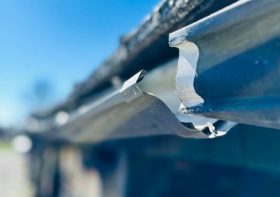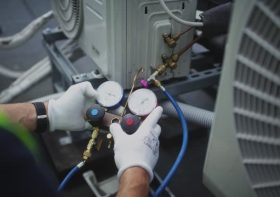Heat Pump Life Expectancy Replacement Timeline Explained

Heat pumps have become increasingly popular as energy-efficient alternatives to traditional heating and cooling systems. They work by transferring heat from one place to another, providing both warmth in the winter and cool air in the summer. As with any major home appliance, understanding the life expectancy of a heat pump is crucial for homeowners looking to plan their maintenance and replacement schedules effectively.
On average, a well-maintained heat pump can last anywhere from 10 to 15 years. However, this lifespan can vary significantly based on several factors including usage patterns, climate conditions, and quality of installation. In milder climates where the demand for heating and cooling is less extreme, heat pumps may even surpass this average lifespan. Conversely, in regions with harsh winters or scorching summers where the system runs continuously at full capacity, its operational life might be shorter.
Regular maintenance plays a pivotal role in extending the life expectancy of a heat pump. Simple measures such as changing filters regularly, cleaning coils annually, and ensuring that outdoor units are free from debris can prevent unnecessary wear and tear on the system’s components. Additionally, scheduling professional inspections at least once a year helps identify potential issues before they escalate into costly visit our resource center repairs or replacements.
Despite best efforts at upkeep, there comes a time when replacing an aging heat pump becomes more economical than continuing repairs. Homeowners should consider replacement if their unit requires frequent repairs or if it no longer heats or cools efficiently despite proper maintenance. A noticeable increase in energy bills without corresponding changes in usage is another indicator that your system might be nearing its end.
Technological advancements also play into deciding when to replace an old unit. Modern heat pumps are far more efficient than models produced even just a decade ago due to improvements in compressor technology and refrigerants used within these systems. Upgrading could lead not only to better performance but also significant savings on utility bills over time.
Environmental considerations are becoming increasingly important as well; newer models tend to offer reduced carbon footprints compared to older ones due to higher efficiency standards set by regulatory bodies worldwide.
Ultimately, while determining the exact timeline for replacing your specific heat pump involves weighing multiple factors—such as age-related decline versus technological benefits—the decision often boils down to cost-effectiveness balanced against comfort needs within your home environment.
By staying informed about your current system’s condition through regular checks alongside keeping abreast of industry innovations ensures you make timely decisions regarding replacements thereby optimizing both energy use efficiency along with overall household expenditure management strategies effectively tailored towards sustainable living practices going forward.



